
Agricultural Cooperatives Could Hold Key to Increasing Resilience to Shocks
Strong agricultural cooperatives could be a powerful pathway to protect vulnerable populations from food insecurity caused by shocks like the COVID-19 pandemic, according to a recent paper in Agriculture & Food Security.
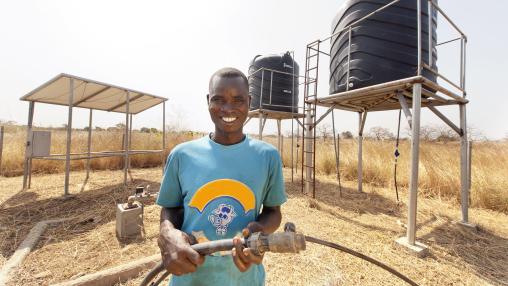
Africa's Food Systems on Cusp of Transformation: 2023 ATOR Released
As 2025 – the deadline for the Malabo Declaration commitments – approaches, African policymakers are taking stock of the region’s progress toward the Comprehensive Africa Agriculture Development Programme (CAADP) framework for agriculture-led growth and development and determining what CAADP implementation will look like post-Malabo. The 2023 ReSAKSS Annual Trends and Outlook Report (ATOR) examines these questions, with a particular emphasis on the future of Africa’s food systems.
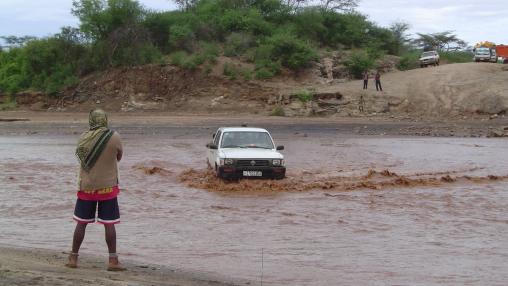
How Much Is Lost When Disaster Strikes? New FAO Report Looks at Impact on Agricultural Production, Food Security
Nearly US$ 4 trillion: That is the amount of global crop and livestock production the FAO estimates has been lost over the past three decades due to disaster events. According to the new report, “The impact of disasters on agriculture and food security,” this equates to an average loss of US$123 billion per year and as much as 5 percent of annual global agricultural GDP.
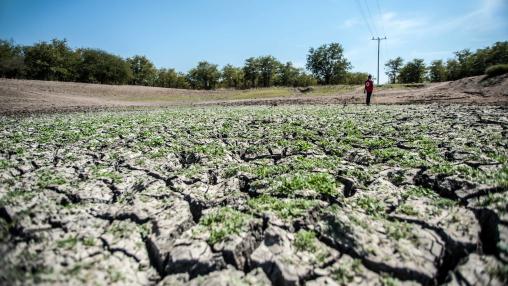
Acute Food Insecurity Rampant in Africa South of the Sahara: GRFC Released
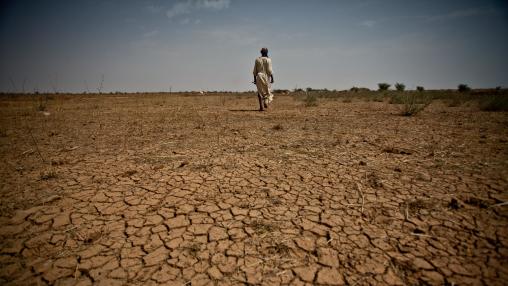
More than 205 Million People Facing Acute Food Insecurity: GRFC Mid Year Update Released
For the fourth consecutive year, global acute food insecurity rose in 2022. As many as 205.1 million people across 45 countries and territories are in IPC Phase 3 (Crisis) or higher food insecurity as of September 2022, according to the Global Report on Food Crisis Mid-Year Update. That represents an increase of 29.5 million people from 2021.
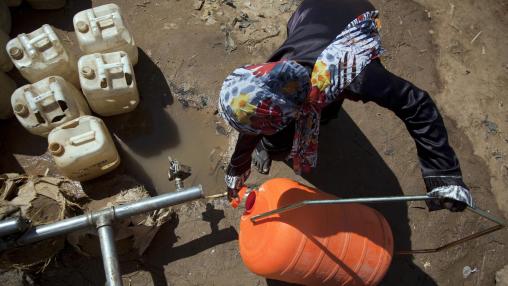
Global Food Insecurity Hits All-Time High: 2022 Global Report on Food Crises Released
In many places around the world, hunger is worse than ever before.
That’s the message of the 2022 Global Report on Food Crises (GRFC), released this week. The report paints a grim picture of global food security. Almost 193 million people across 53 countries/territories were acutely food insecure in 2021, up nearly 40 million people from 2020. This number represents a new record and is only expected to worsen throughout 2022.

COVID-19, Food Access, and Food Insecurity in Rural Africa
The COVID-19 pandemic continues to have wide-ranging impacts on living standards, poverty, food insecurity, and economic stability across the globe. For low-income regions like Africa south of the Sahara (SSA), these impacts are particularly devastating. Many countries in SSA struggled with food insecurity before the outbreak of COVID-19, and the pandemic has only exacerbated those challenges by disrupting domestic food value chains, reducing remittances and other income, and lowering populations’ purchasing power and food access.

Value Chain Resiliency and COVID-19: Results from Ethiopia
As Ethiopia’s population has become increasingly urbanized over the past decade, more and more households have come to rely on markets, rather than their own farms, for their daily food needs. This dependence means that well-functioning agri-food value chains have become increasingly vital to food security for much of the population.

Making the most of intra-African trade: Insights from the 2021 Africa Agriculture Trade Monitor
With the COVID-19 pandemic disrupting livelihoods, and the new African Continental Free Trade Area (AfCFTA) now beginning to influence food flows, agricultural trade in Africa is in a state of flux, with both challenges and opportunities. While AfCFTA implementation has begun, some crucial negotiations remain to be completed, and the full scope of its impact is not yet clear.

Acute Hunger Continues to Rise Globally: Global Report on Food Crises Mid-Year Update Released
Alarming levels of hunger and food insecurity are on the rise across the globe. According to the September 2021 mid-year update to the 2021 Global Report on Food Crises (GRFC), an estimated 161 million people in 42 countries/territories have faced Crisis-level (IPC/CH Phase 3) food insecurity or higher. This number is up from the estimated 155 million acutely food-insecure people reported by the GRFC for 2020.